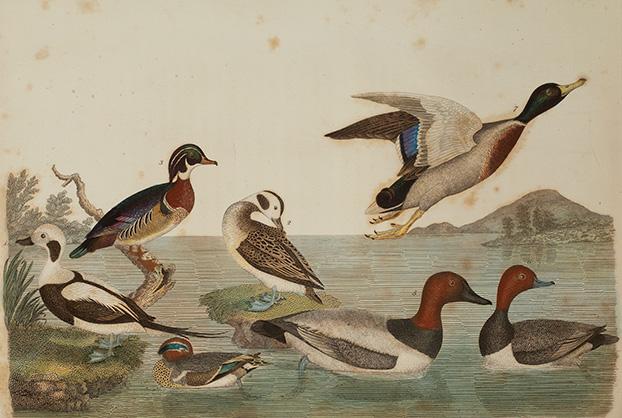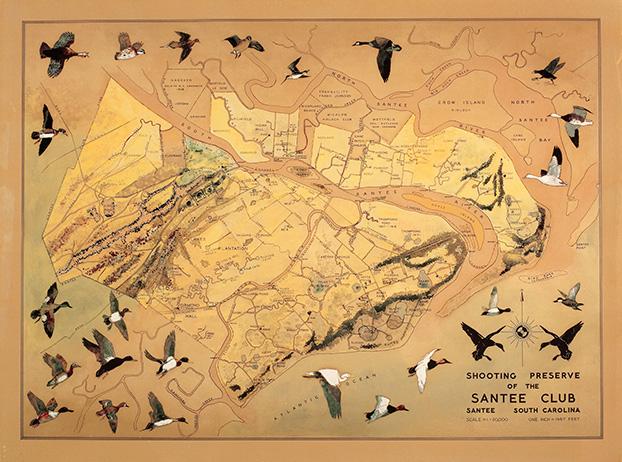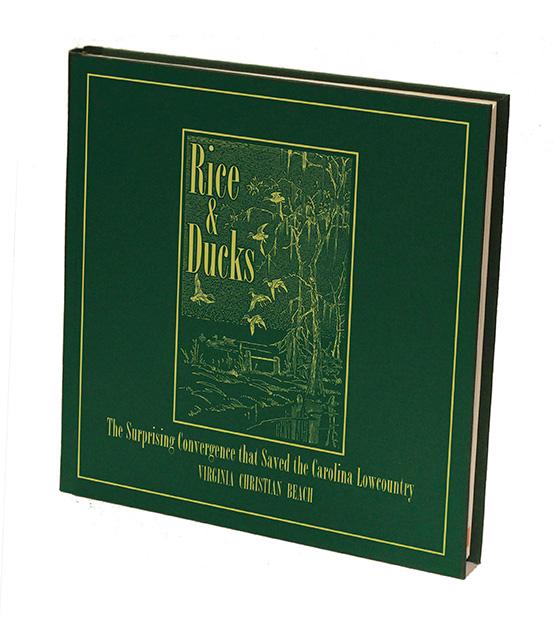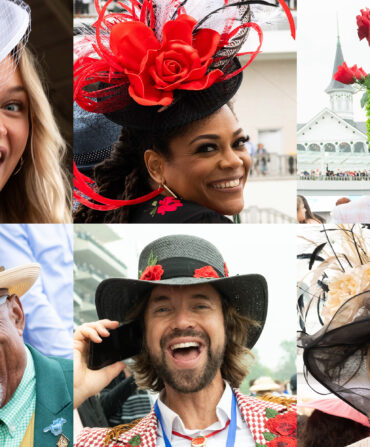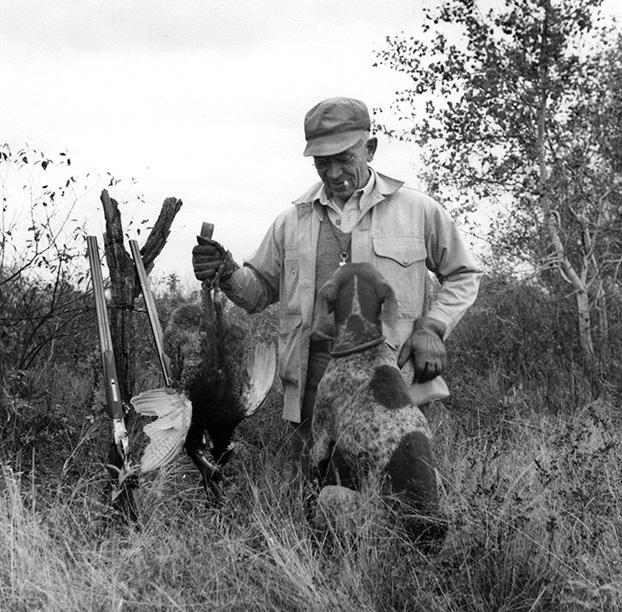
Aldo Leopold bird hunting with his dog Gus near the Shack in Baraboo, Wisconsin, October 1943. Leopold was the father of modern wildlife management, based on his assertion that game conservation depended on the health of the species’ environment.
Courtesy of The Aldo Leopold Foundation
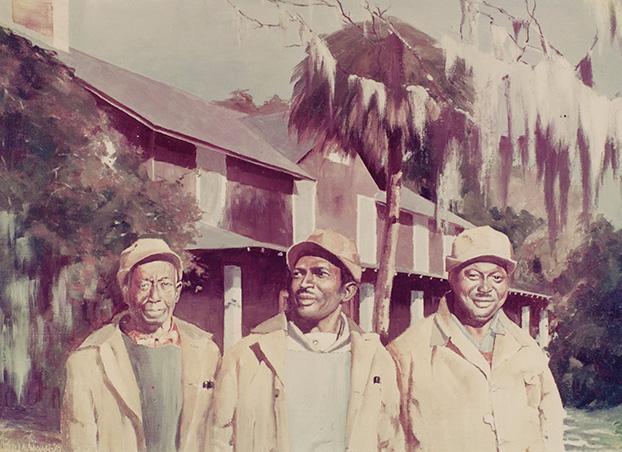
Henry Simmons, John Garrett and Richard Campbell, hunting guides at the Santee Gun Club, by Richard E. Bishop, watercolor on paper.
Courtesy of Santee Coastal Reserve DNR
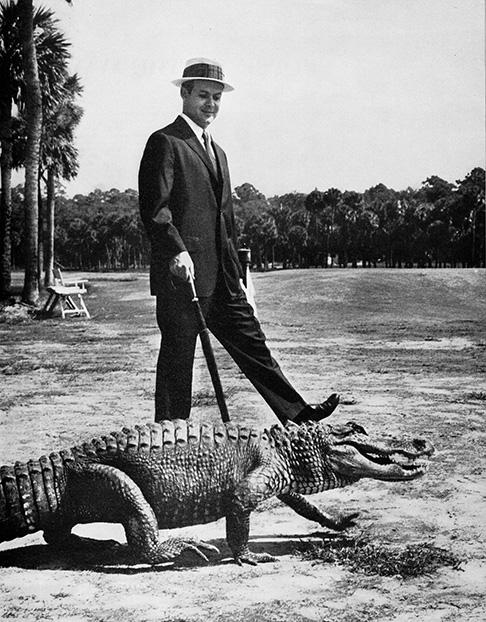
Sea Pines founder Charles Fraser is photographed on Hilton Head Island in 1962 by the Saturday Evening Post for a story titled, “People on the Way Up.”
Courtesy of SEPS, licensed by Curtis Licensing, Indianapolis, IN
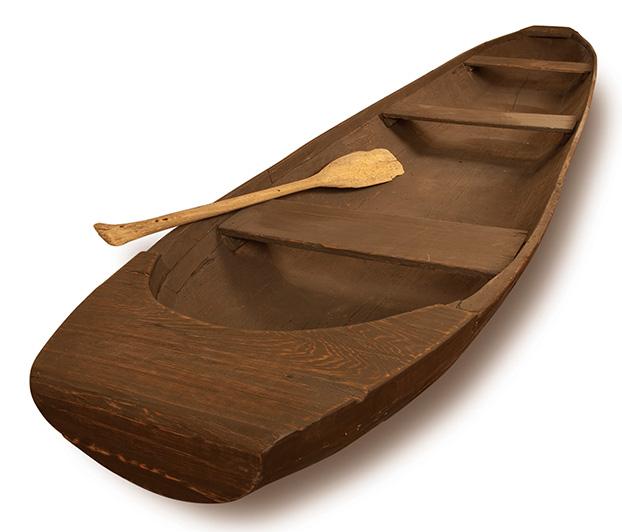
A dugout cypress canoe found in a rice barn at Exchange Plantation in Georgetown, SC.
Photograph by Rick Rhodes
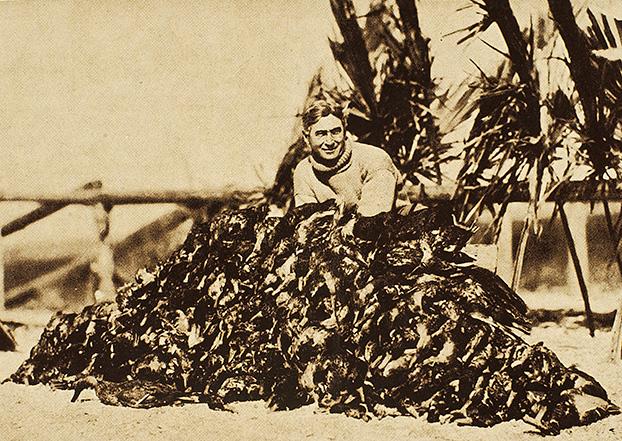
Bernard Baruch poses with a mountain of ducks at Clambank Landing, Hobcaw Barony, ca. 1910.
Courtesy of The Belle W. Baruch Foundation

The 1828 Grove plantation house in Hollywood, SC, was restored by the U.S. Fish and Wildlife Service in 1996-1997 and serves as headquarters for the Ernest F. Hollings ACE Basin National Wildlife Refuge.
Photograph by Dana Beach
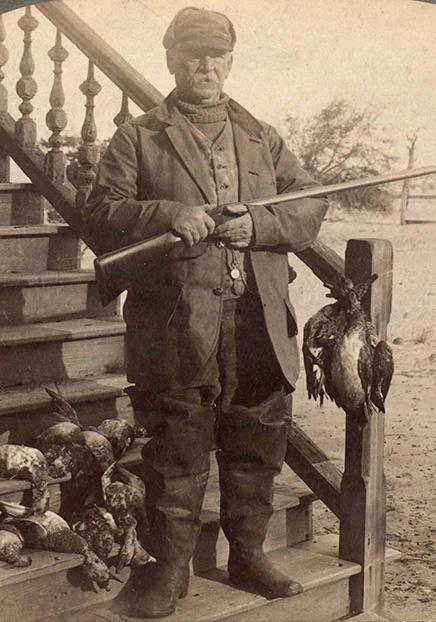
President Grover Cleveland with ducks shot on South Island Plantation near Georgetown, SC.
Photograph by Underwood & Underwood, courtesy of Picture History
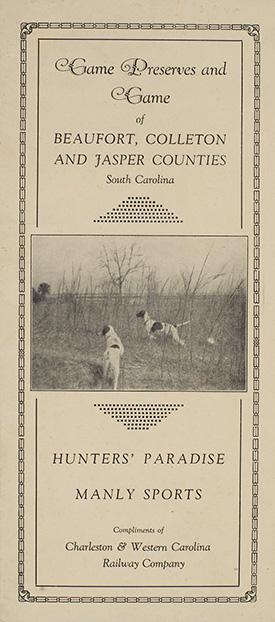
Propelled by railroads and armed with modern shotguns, hunters flocked to South Carolina in the late 1800s.
Courtesy of Charleston & Western Carolina Railway
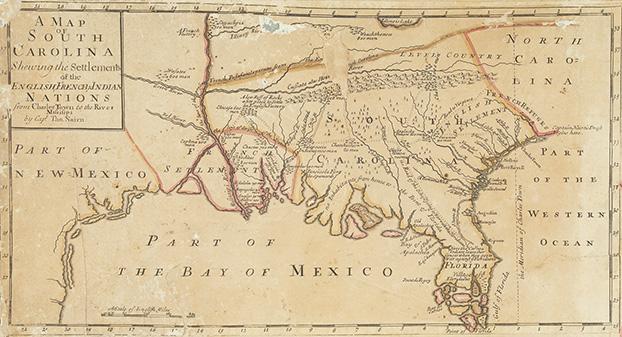
Map of South Carolina, from A Compleat Description of the Province of Carolina in 3 Parts, 1711, by Edward Crisp.
Courtesy of Charleston Library Society
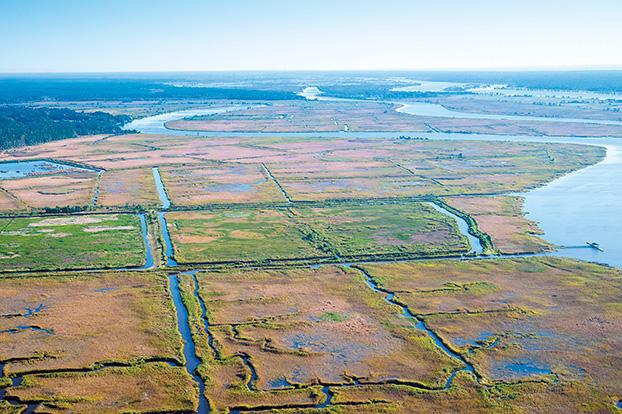
Rice fields near the confluence of the Black and Pee Dee rivers.
Photograph by David Soliday
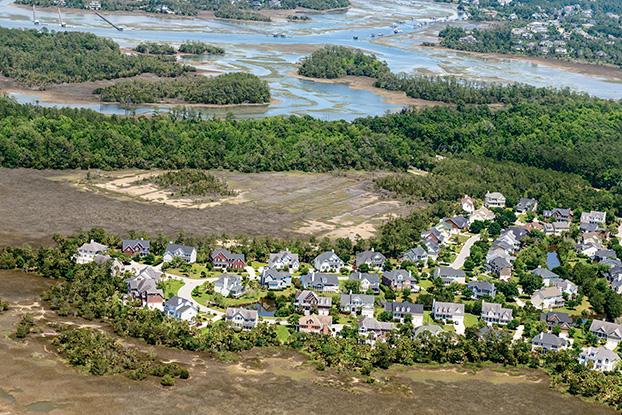
South Carolina is ranked eleventh among states for population growth, and the counties of Berkeley, Charleston and Dorchester make up the twelfth fastest growing metropolitan region in the nation.
Photograph by David Soliday
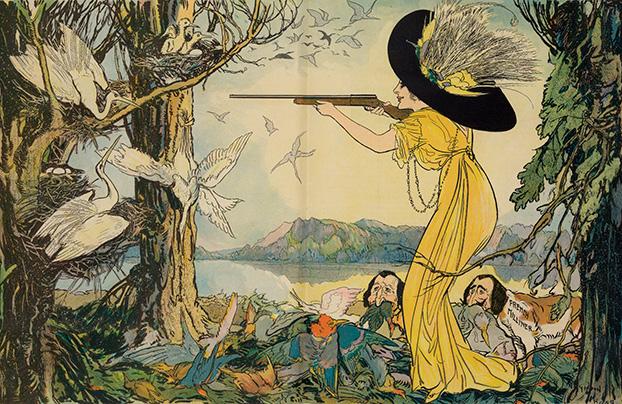
The Woman Behind the Gun, 1911, Gordon Ross for Puck magazine. Note the two dogs labeled “French Milliner” placing dead birds at the woman’s feet.
Courtesy of Library of Congress
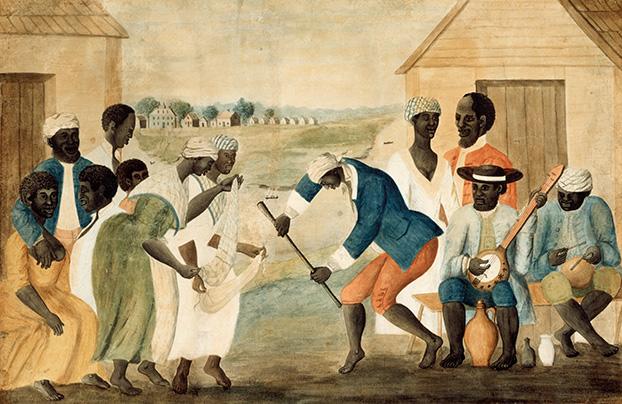
The Old Plantation has long been considered the best known depiction of early American slave life and Gullah culture in existence. Recent research has identified the artist of the painting as John Rose, a South Carolina planter, and suggests that the image was likely painted at Tipper Plantation on the Coosaw River around 1785-1790.
The Colonial Williamsburg Foundation, gift of Abby Aldrich Rockefeller

White ibis are tactile feeders and use their long sensitive bills to probe for invertebrates in the moist soils and shallow waters of rice field impoundments.
Photograph by Dana Beach
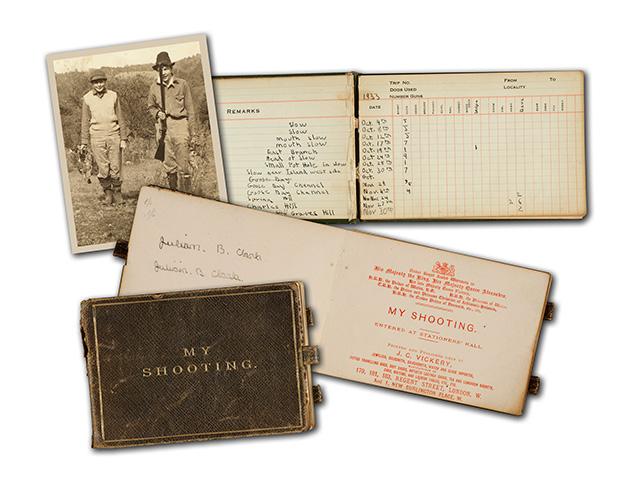
Jocelyn Clark (left) and his older brother Julian Clark, Jr., hunting as boys in the 1930s, along with Julian’s game book showing the numbers of ducks shot in the fall of 1933.
S.B. Welb and Rick Rhodes, courtesy of Jocelyn Clark
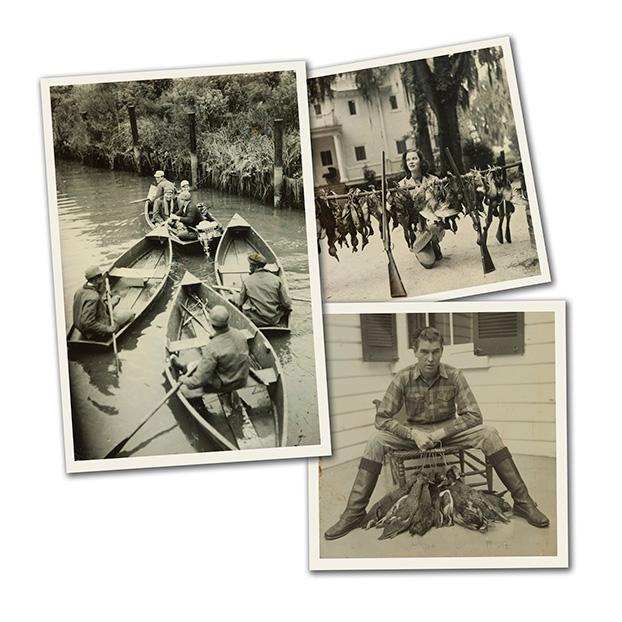
Duck hunting with the Vanderbilts at Arcadia Plantation.
Courtesy of Lucille Vanderbilt Pate


